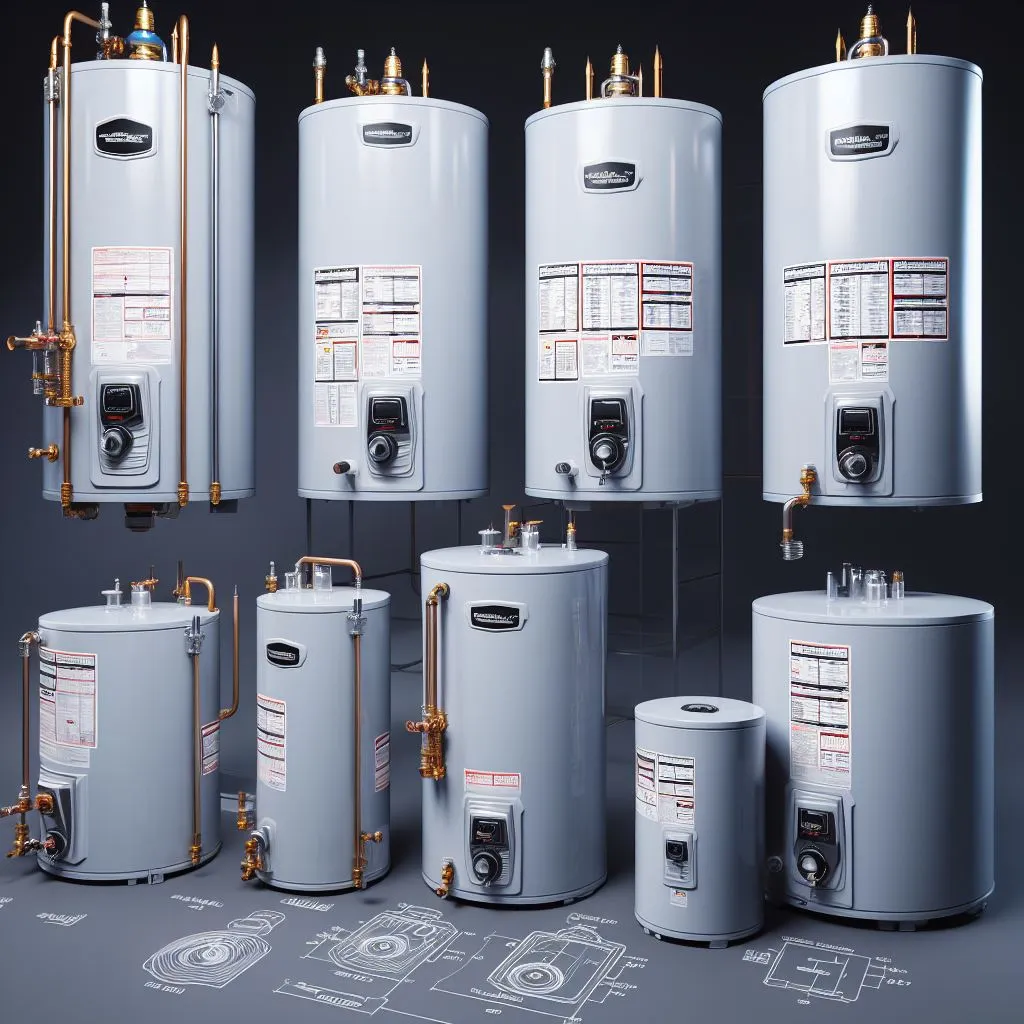Water heaters are a crucial part of our daily lives, providing hot water for various tasks. However, over time, sediment buildup can affect their efficiency. One common maintenance task is flushing the water heater. But what is the cost associated with this service? In this comprehensive article, we will delve into the factors influencing the ‘Cost To Flush A Water Heater’.
Flushing your water heater is an important part of this upkeep. In this article, we’ll explore the cost of flushing a water heater, breaking down the expenses involved in this routine maintenance. We’ll also provide insights into why it’s essential and how it can benefit you in the long run.
Whether you’re a homeowner or a business owner, understanding these costs will help you maintain a functional water heater without breaking the bank.
Why Does a Water Heater Need Flushing?
Before we discuss the cost, it’s essential to understand why flushing a water heater is necessary. Over time, sediment, minerals, and debris accumulate at the bottom of the tank. This buildup can insulate the water from the heating source, reducing the water heater’s efficiency. Flushing the water heater removes these deposits, ensuring it functions optimally.
Factors Affecting the Cost of Flushing a Water Heater
Several factors influence the cost of flushing a water heater. It’s crucial to consider these aspects when budgeting for this maintenance task:
Type of Water Heater

The type of water heater in your home plays a significant role in determining the cost of flushing. Tankless water heaters, which heat water on demand, are usually less expensive to flush than traditional tank water heaters. Tank water heaters have a larger storage tank that can accumulate more sediment, making the flushing process more complex and time-consuming. This can result in higher labor costs for tank water heaters.
Labor Charges
The labor cost for flushing a water heater can vary widely depending on your location and the service provider you choose. In larger cities or metropolitan areas, labor rates tend to be higher due to the increased cost of living and doing business. The experience and expertise of the service provider can also affect labor charges. More experienced professionals may charge higher rates, but their work may be more efficient and effective, potentially saving you money in the long run.
Materials and Supplies
In some cases, the cost of flushing a water heater may not be limited to labor alone. If your service provider discovers that certain components, such as valves, hoses, or other parts, need replacement, these additional materials will contribute to the overall cost. The condition of your water heater and the extent of sediment buildup will determine whether such replacements are necessary.
Frequency of Flushing
The frequency of flushing your water heater also affects the cost. Regular maintenance, with flushing scheduled as part of your annual or bi-annual home care routine, typically costs less than if your water heater hasn’t been flushed for a long time. Tanks with heavy sediment accumulation may require more time and effort to fix a water heater thoroughly, leading to higher labor charges.
Service Provider
Different service providers may have varying fee structures for their services. It’s wise to obtain multiple quotes from reputable providers to find the best deal that suits your budget and needs. The cost can vary based on the provider’s level of expertise, reputation, and the specific services they offer. Comparing quotes allows you to make an informed decision.
Average Cost Range
On average, the cost of flushing a water heater, or the cost to flush a water heater, can range from $100 to $200. This cost typically includes labor, materials, and any necessary replacements. The price can fluctuate based on the factors mentioned above.
Cost Savings and Benefits
While there is an associated cost with flushing a water heater, it comes with several benefits, including:
Energy Efficiency
When sediment accumulates in your water heater’s tank, it acts as an insulating barrier. This insulation effect forces your water heater to work harder to heat the water, leading to increased energy consumption. Flushing the tank eliminates this insulating layer of sediment, allowing your water heater to operate more efficiently.
With improved efficiency, your water heater consumes less energy, which can translate into noticeable savings on your utility bills over time.
Extended Lifespan
Regular flushing is like giving your water heater a breath of fresh air. By removing sediment and preventing the buildup of mineral deposits, you’re essentially extending the life of your appliance. A water heater that operates smoothly and efficiently is less likely to experience wear and tear.
This translates to a longer lifespan for your water heater, delaying the need for a costly replacement.
Improved Hot Water Supply
Sediment buildup can lead to a reduced hot water supply. It can block the heating element or lower the water heater’s overall capacity. Flushing your water heater ensures that the hot water supply remains consistent. This is especially important for households that rely on a steady flow of hot water for showers, laundry, and other daily activities.
Reduced Risk of Repairs
Regular maintenance in the form of flushing can help you avoid costly repairs in the future. Sediment and mineral deposits can cause corrosion or damage to the heating elements or tank, leading to issues that require professional repairs. Flushing keeps your water heater clean and functioning optimally, minimizing the risk of unexpected breakdowns and expensive repair bills.
Here’s a table summarizing the key points from the article, followed by three frequently asked questions with concise answers:
| Benefits of Water Heater Flushing | Factors Impacting Flushing Cost |
| 1. Energy Efficiency | 1. Type of Water Heater |
| 2. Extended Lifespan | 2. Labor Charges |
| 3. Improved Hot Water Supply | 3. Materials and Supplies |
| 4. Reduced Risk of Repairs | 4. Frequency of Flushing |
| 5. Service Provider |
FAQs
How often should I flush my water heater?
Answer: Flushing your water heater annually is generally recommended for optimal performance.
Can I flush my water heater myself, or should I hire a professional?
Answer: You can perform a basic flush yourself, but it’s advisable to consult a professional for more thorough maintenance.
What signs indicate that my water heater needs flushing?
Answer: Reduced hot water supply, strange noises, or discolored water can be signs that your water heater requires flushing.
Conclusion
Flushing your water heater is a routine maintenance task that helps maintain its efficiency and extend its lifespan. While there is a cost associated with this service, the benefits outweigh the expenses. The average cost of $100 to $200 is a worthwhile investment in ensuring your water heater functions optimally. Don’t neglect this essential task, and you’ll enjoy energy savings, a longer-lasting appliance, and uninterrupted hot water.
Additionally, by regularly flushing your water heater, you’re also contributing to a more eco-friendly household. An efficiently operating water heater consumes less energy, reducing your carbon footprint. This not only benefits the environment but also lowers your monthly energy bills, providing long-term savings. So, by factoring in both the environmental and financial aspects, flushing your water heater becomes a win-win investment for your home.











